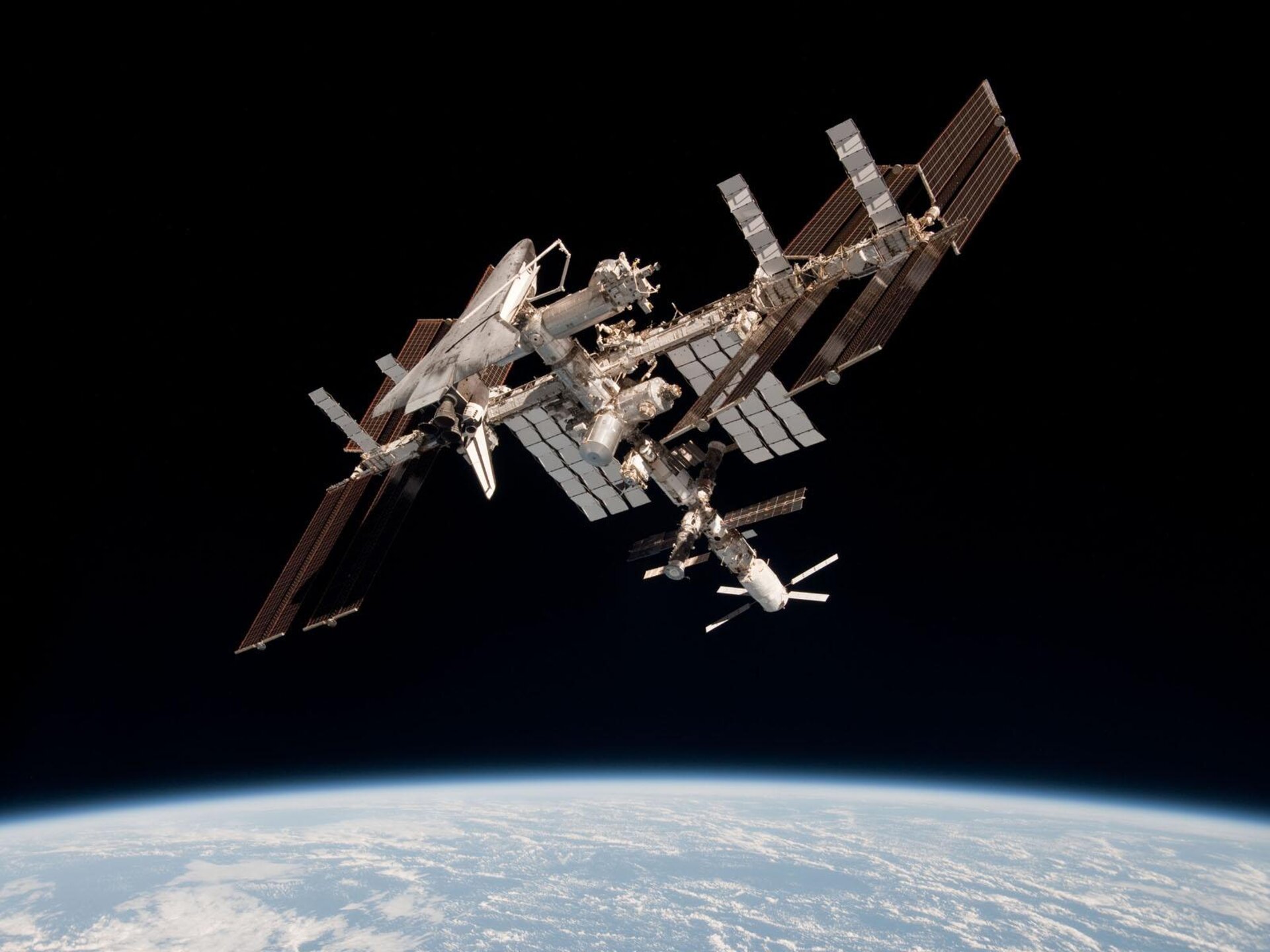Space Station manoeuvres to avoid space debris
The International Space Station safely boosted itself to a higher altitude on 28 January to avoid possible collisions with orbital debris. The manoeuvre underscores the continuing need for comprehensive knowledge of orbital objects, a capability that Europe lacks.
The International Space Station burned its thrusters for 64 seconds last Saturday night to raise its orbit and avoid a series of potential collisions with debris from the 2007 explosion of China's Fengyun-1C weather satellite.
The burn began at 23:50 GMT using the main thrusters on the Zvezda module. The burn raised Station altitude by 1.9 km to an average height of 391.7 km.
By firing the thrusters then, the Station also lined itself up for future operations, eliminating the need for a boost that had been set for today.
"Space debris is a persistent threat to activity in space," says Emmet Fletcher, manager for space surveillance and tracking at ESA's Space Situational Awareness (SSA) programme office.
"Being able to provide accurate and reliable warnings to spacecraft operators allows a higher level of confidence when planning avoidance manoeuvres like this one."
"This saves on fuel and resources, and reduces mission disruption, which leads to a longer spacecraft operational life."
ESA's SSA programme, in part, aims to improve current European capabilities to track and observe objects, and to develop new resources for providing accurate debris warnings so as to make space a safer place for everyone.


